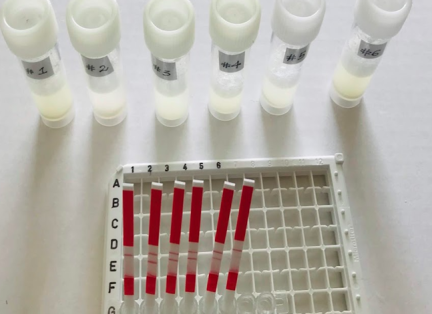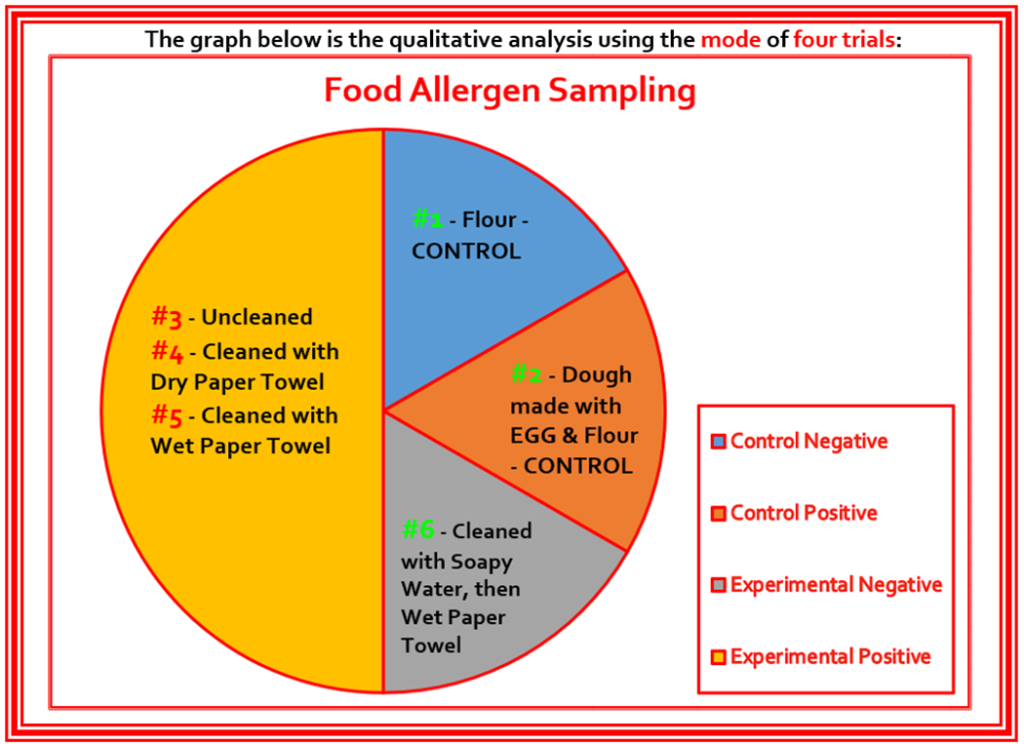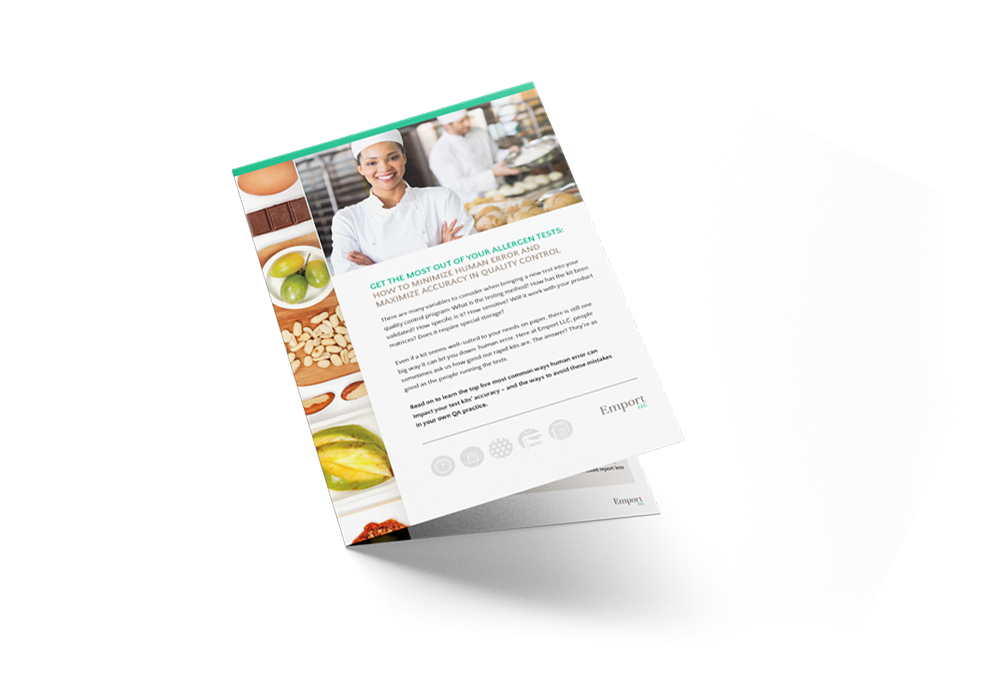We’re happy to welcome our guest writer, Ameya Balaji. Ameya is an award-winning young scientist who used AlerTox Sticks Egg to test some interesting hypotheses about sanitation techniques in eliminating cross-contact. Her science fair project earned 2nd place in her school’s 6-8 division! — and she was kind enough to share her discoveries with us. Read on to learn how Ameya set up her science fair experiment and what she discovered about cross-contact.
My name is Ameya Balaji, and I’m from California. I won second place in my school’s annual science fair in the 6-8 category with my project, Frenemy: Ig, which used AlerTox Egg sticks.

1. Why was this subject interesting or important to you?
I recently read about the risks of an allergic reaction due to cross-contact of a food allergen, and this became an inspiration for me to learn more about cross-contact.
2. What was your hypothesis?
In my experiment, I answered the question, “What is the safest way to prevent cross-contact when handling and preparing foods with allergens?” My hypothesis was that washing thoroughly with soap and water would be the safest way to prevent cross-contact.

3. What was your study design?
In my procedure, I mimicked preparing cookie dough, then bread dough at a bakery or home cooking environment. First, I made the dough using egg and flour. Then, I measured the dough to the cavities in the silicone mold. I left one cavity uncleaned, cleaning the others with a dry paper towel, wet paper towel, and soapy solution. The AlerTox sticks were used to test for the presence or absence of the egg allergen in the sample. Eggs have proteins, and the AlerTox sticks identify ovalbumin, the most abundant one. The kit provided an extraction solution, test tubes, pipettes, and more, making the process simple and quick.

4. Were there any surprises as you performed your experiment?
I conducted four trials in my experiment. Trials one, three, and four had similar results. The test strip was positive for ovalbumin in the samples extracted from cavities 3-5, while cavity 6, cleaned with soap and water, showed the absence of the egg allergen. However, trial two differed from the rest: the test strip results showed negative results in the sample extracted from cavity 5. I think the dry flour wasn’t mixed well. Plus, the sample may have been drawn from the top of the flour, which probably didn’t encounter the residual food allergen.
5. What was the conclusion of your experiment? Was your hypothesis proven or disproven?
To conclude, my hypothesis was proven correct. If not cleaned thoroughly with soap and water, foods may contain allergens due to cross-contact.
6. What are some other experiments you hope will be performed in the allergen space?
I hope that there are more experiments on allergen-test sticks. The AlerTox sticks worked really well, and I think someday, there will be sticks that can test a whole food. Sometimes, a sample may not always indicate an allergen’s presence. I also hope experiments can test for allergens in personal care products, such as shampoo and toothpaste. It would be awesome if there were an LFD that could identify multiple allergens, too.
7. What do you think people should know—but often don’t know—about allergies?
Sometimes, people don’t understand the severity of food allergies and confuse them with food intolerances. Intolerances to foods are related to digesting the food and aren’t life-threatening. However, allergic reactions to food can range from mild hives and itching to anaphylaxis, a severe reaction. I hope my experiment gives people more awareness about food allergies and cross-contact.


